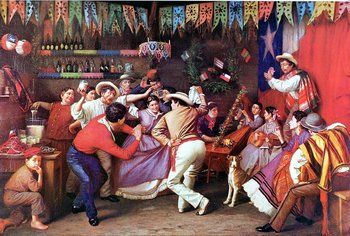
Occupational Health
Hearing loss as a result of occupational exposure to noise pollution is a common work-related illness.Property Values
Noise pollution that reduces the value of property. For example, residential properties located near airports, highways, nightclubs or noisy industrial or military sites may receive less demand from buyers.Quality of Life
Unpleasant and loud sounds can reduce quality of life by causing stress and sleep disturbance. In some cases this causes health effects such as cardiovascular problems, headaches, fatigue and stomach ulcers.Productivity
Tasks that require mental concentration may be disturbed by noise. For example, a student may have trouble studying in an environment where neighbors are often playing loud music.Wildlife
Noise pollution can shrink the size of usable habitat as animals may avoid areas filled with unfamiliar sounds. Noise can also disrupt communications between animals such as a mating call.| Overview: Noise Pollution | ||
Type | ||
Definition | Unwanted sound that is judged to be unpleasant, loud or damaging to hearing. | |
Related Concepts | ||




























